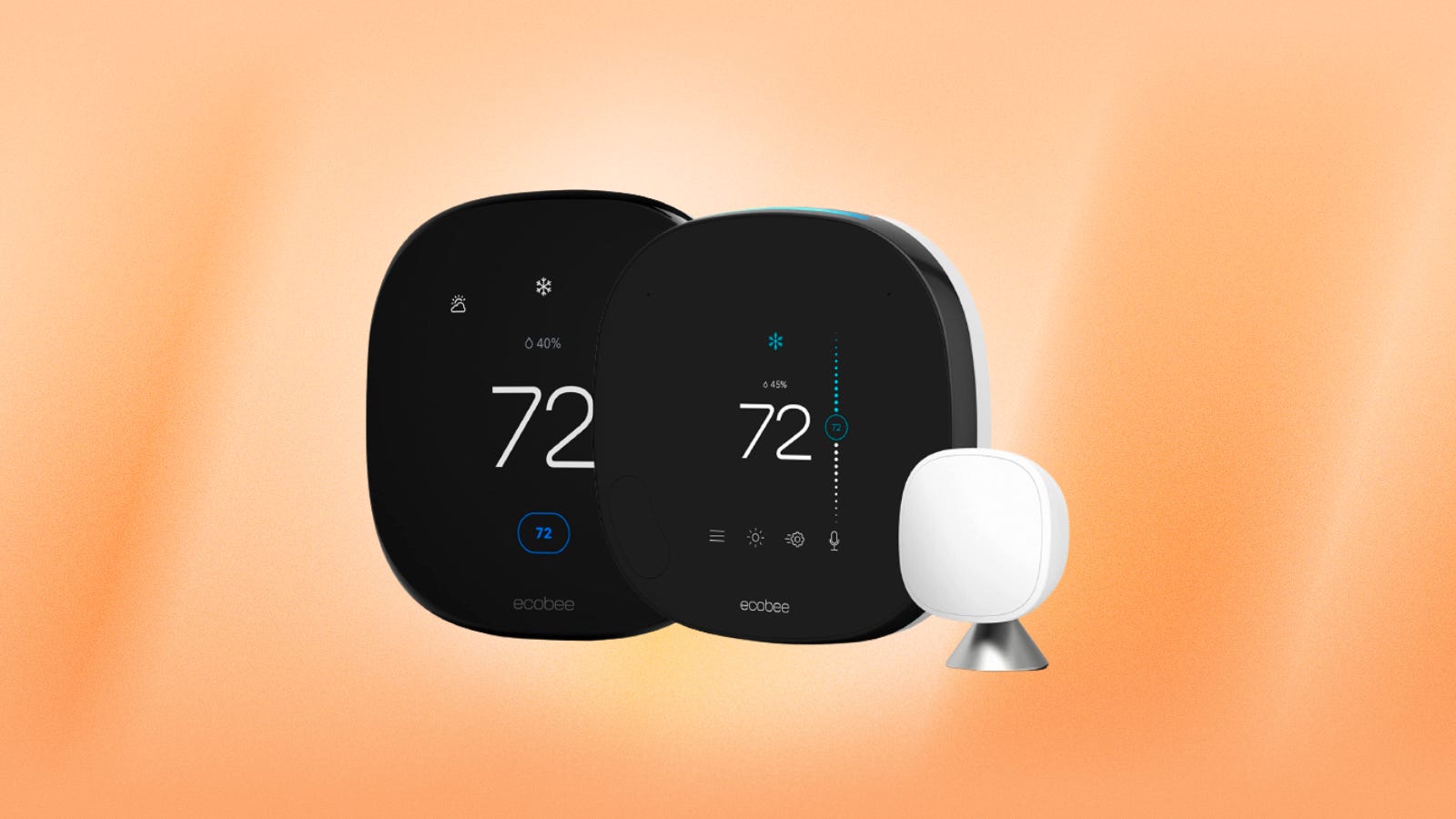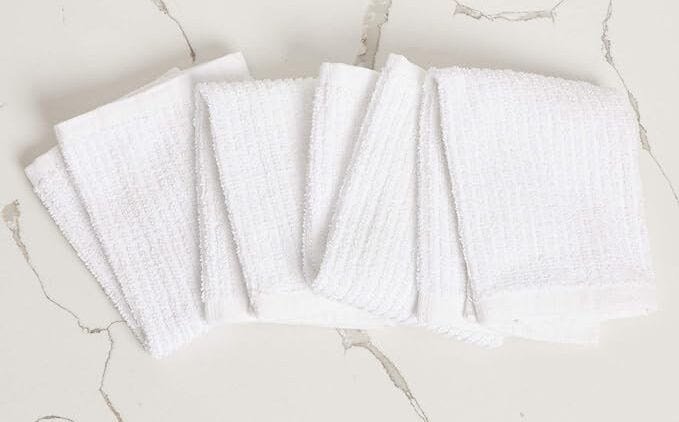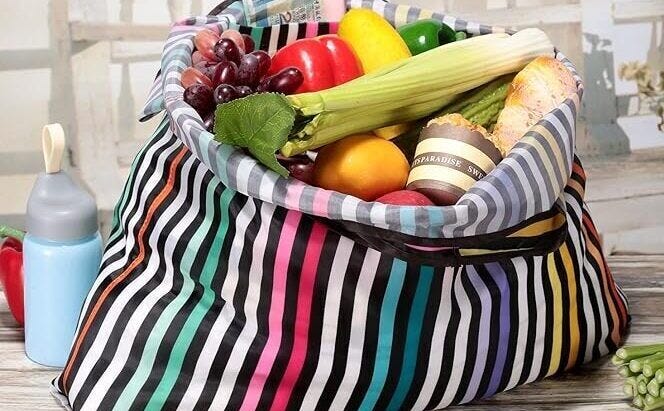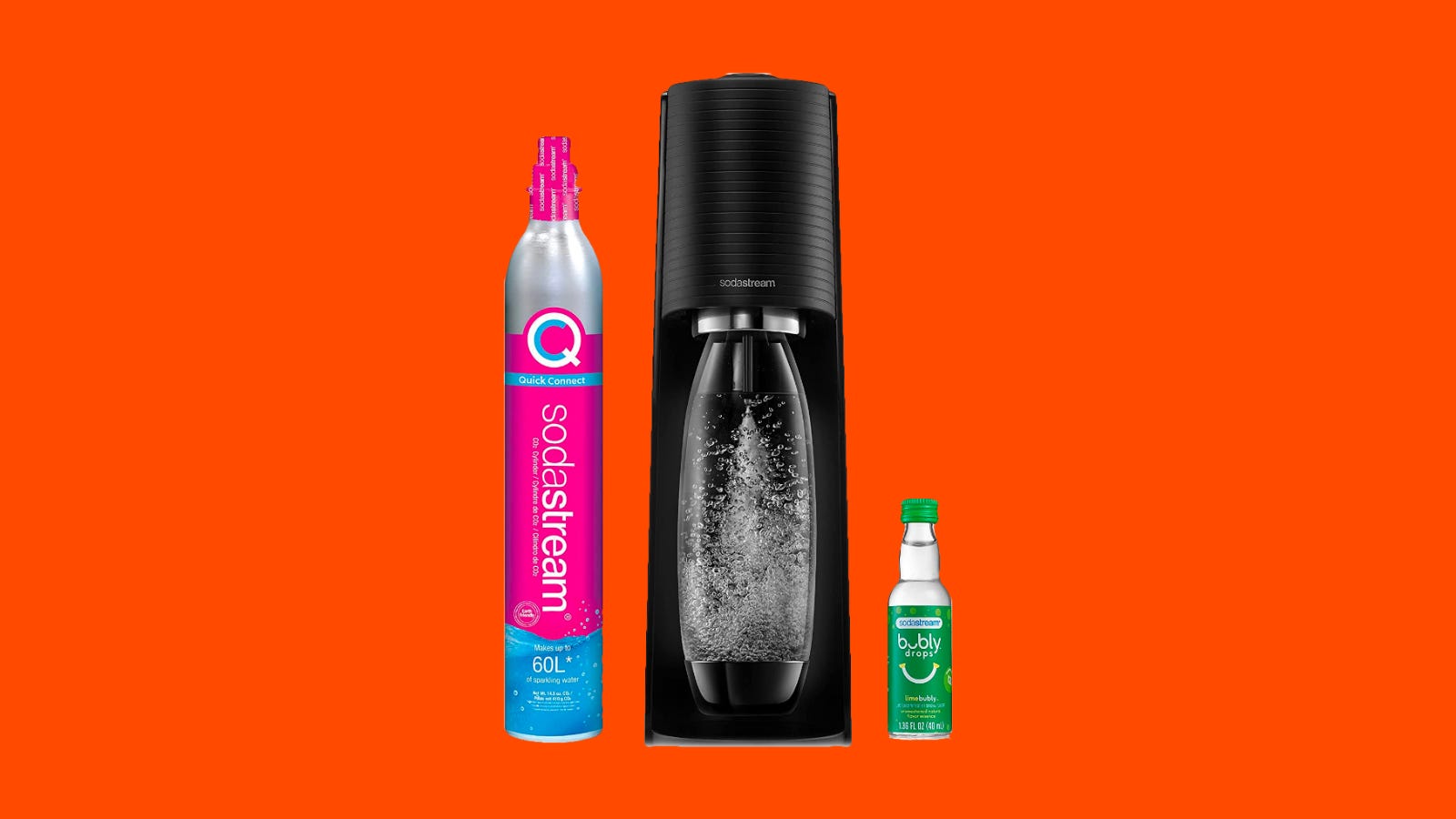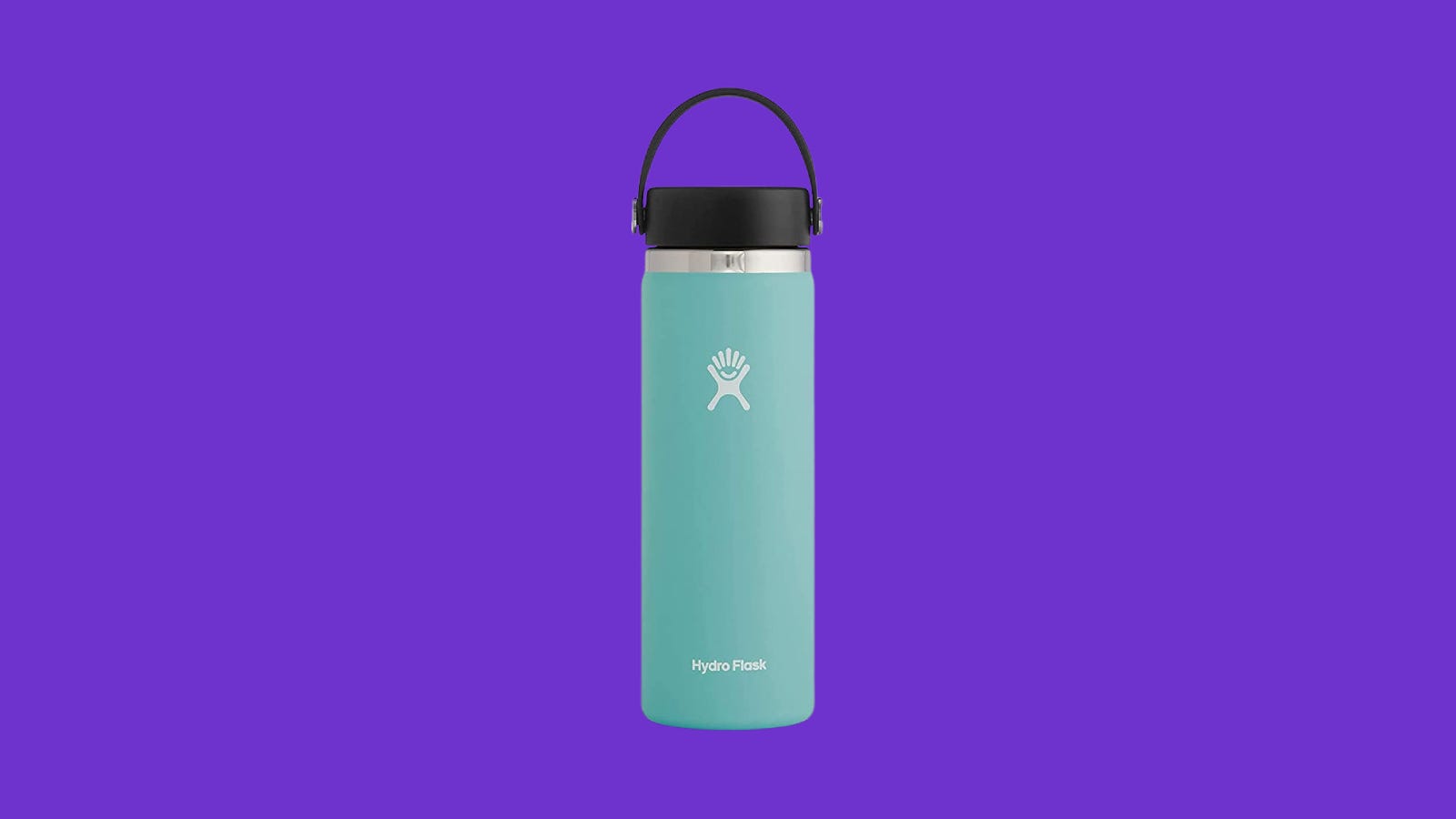
Let’s be real about going green. It feels expensive just talking about it. I’ve learned first-hand through trial and error that the best (and most affordable) way to go green starts with minor adjustments to our habits and products at home.
This story is part of CNET Zero, a series that chronicles the impact of climate change and explores what’s being done about the problem.
The basic tenets of “reduce, reuse and recycle” will help you develop a heightened sense of consumer responsibility on your eco-friendly journey -- and be lighter on the wallet. There are loads of sustainable alternatives that can benefit you financially.
Trust me: Something as simple as fulfilling a sparkling water addiction by making your own seltzer can save you hundreds of dollars a year.
In honor of Earth Day, here are nine practical ways I make smart money decisions by going green at home.
How to save money while going green
I’ll preface this by saying there’s no way to go “zero waste” overnight. Nor do I think it’s practical for most of us to go fully sustainable when we live in cities and are on a budget. In my case, I tried adding composting to my daily regimen, but since I live in an apartment without a yard, I failed miserably.
However, as the queen of frugal who cares deeply about the environment, I learned different ways to cut expenses and find sustainable alternatives.
1. Smart thermostats are smart
I live in Austin, Texas, so our summers are brutal and our winters are cold. And I’m the annoying roommate who’s always thinking about the energy bill.
I invested in a smart thermostat last summer to save money on utilities. And I love that it does the work for me. The Ecobee Smart Thermostat has a radar sensor that helps conserve energy by automatically switching to “Away” mode when I’m not home. It also allows me to control the air temperature remotely and monitor air quality. But the actual savings come from keeping the temperature lower in the winter and just comfortable in the summer -- it’s just the truth.
Since adding an Ecobee Smart Thermostat to my 600-square-foot apartment, I immediately noticed a difference. My monthly energy bill went from over $150 a month in the hottest months of the year to less than $100.
My monthly savings: $10 to $50.
Why I like it: The Ecobee Smart Thermostat has a built-in Amazon Alexa speaker and a radar sensor that automatically sets itself to “Away” mode when I’m not home. I love having a hands-off thermostat that helps me save money on my utility bill.
2. Swap the paper towels for reusable towels
If a roll of paper towels is within reach, I’ll rip through it in one day. So instead of giving in to the temptation, I have a collection of dish towels around the house that I use for cleaning and drying. Paper towels are costly and easy to waste, which is why there are a lot of “reusable paper towels” on the market. Try using what you already have at home first.
My monthly savings: $25.
Why I like it: You don’t need to spend a lot of money on reusable towels to lower your environmental impact. I like these towels because they’re the perfect size for cleaning and are super absorbent.
3. Bring your own reusable bags to the grocery store
Austin had a single-use carryout ordinance for years, but in 2018 it announced it would no longer enforce the bag ban. However, big grocery store chains like HEB continue to charge 10 cents a bag at checkout to cut back on plastic waste.
I always shop with reusable grocery bags. It’s one of the easiest ways to reduce waste while saving a buck every time you buy groceries. And if you’re like me, you have a collection of canvas tote bags that can also carry groceries.
My monthly savings: I don’t have 10 cents per bag added to my bill at big chain stores.
Why I like it: These tote bags prevent me from bringing more plastic home from the grocery store while saving me each time I check out. They’re also large and durable but fold into a pocket-sized pouch that’s easy to store.
4. Stop buying foil and parchment paper
Even if you don’t frequently cook at home, you probably have a drawer home to a collection of foil and parchment paper. One of my favorite sustainable hacks is using a reusable silicone baking mat instead of foil or parchment paper. It’s easy to use, easy to clean and it doesn’t break the bank.
My monthly savings: $24.
Why I like it: These nonstick mats make clean-up easy and they reduce my dependency on foil and parchment paper.
5. Make your own sparkling water
I’m a sparkling water addict: I can quickly go through a 12-pack of Topo Chico in less than a week. But that habit becomes expensive, and the recycling bin ends up overflowing with cans.
One day I found a SodaStream Sparkling Water Maker 50% off at the grocery store and decided to try it – and I’ve never looked back. I replace the carbonating cylinder every two months, and to reduce waste, you can send your empty C02 bottles to SodaStream.
My monthly savings: $40 (after initial purchase).
Why I like it: I’m obsessed with my SodaStream because you can tailor your fizzy water to your liking with its manual pump. And the exchange program makes it easy to recycle empty CO2 bottles.
6. Drink out of reusable water bottles
Drinking out of a reusable water bottle has become increasingly trendy over the last year since Stanley Tumblers went viral on TikTok. But aside from the aesthetic of it all, hydrating with a reusable water bottle is an easy way to cut back on the amount of plastic bottles that end up in landfills. And if you aren’t into the Stanley craze, I’m team Hydro Flask.
My monthly savings: $24 (after initial purchase).
I like it: The 40 oz Hydro Flask is my cup of choice because the built-in straw lid makes it easy to store without making a mess and keeps my water cold all day.
7. Replace your liquid detergent with an eco-friendly alternative
When I wanted to stop buying liquid detergent, I did a deep dive into affordable, eco-friendly alternatives. At first, I tried laundry sheets, which I wholeheartedly detested. I wanted my laundry to smell like a field of flowers after coming out of the wash, and the sheets didn’t come close.
I found success with powder detergents, which most brands package with cardboard instead of plastic. A 45-ounce box of powder detergent lasts me about six months and is about half the price of liquid detergent.
8. Hang your clothes to dry
This might be controversial, but I don’t dry any of my clothes. I hang everything on a drying rack to conserve energy. It’s lighter on my wallet and less harsh on my clothes over time. No more losing one sock to the abyss of the dryer.
9. Buy reusable food storage containers
The average American uses about 365 plastic bags per year, according to the Center for Biological Diversity. When I was a kid, I remember going to school with at least two plastic baggies in my lunchbox every day. Reusable silicone sandwich bags are easy to use and worth the investment.
Being sustainable doesn’t have to be expensive
Living a sustainable lifestyle often feels unrealistic because it comes with a higher price tag. Some brands partake in “greenwashing,” which allows them to hike the price by labeling them as sustainable.
But you don’t have to rely on a single product to do the work for you. Try focusing your energy on replacing everyday products with an eco-friendly alternative. You’ll be making sustainable choices that are affordable and save you money in the long run. It just requires a change in mindset.


